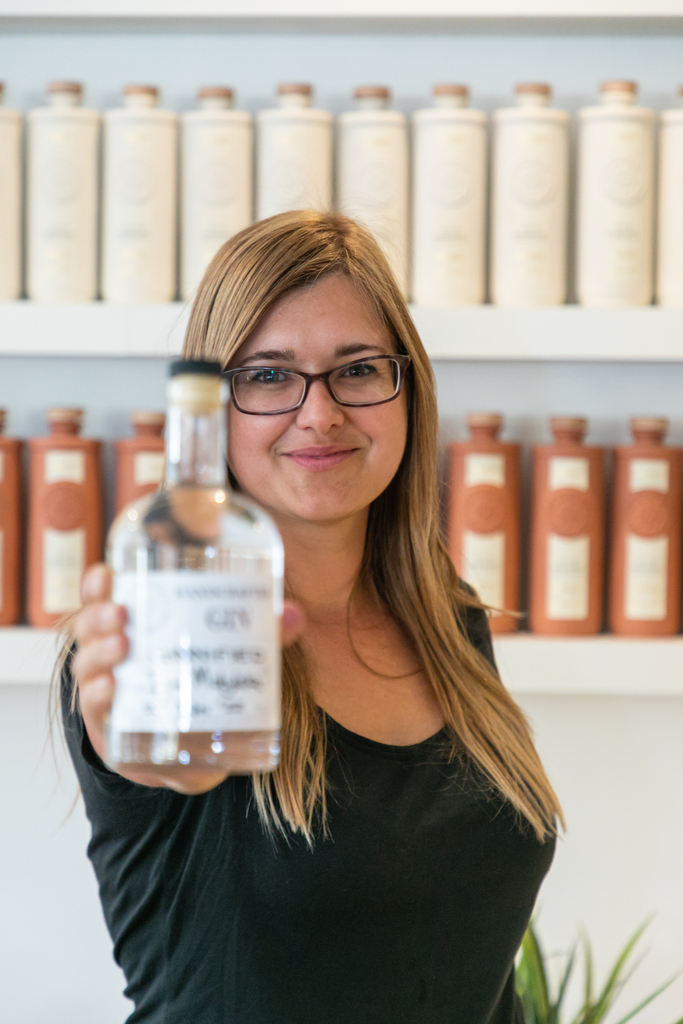

Ever the gin-lover, I travelled to Mossel Bay with the #GimmeSummerShotLeft campaign with Shot Left and South Africa Tourism to learn how to make my own gin during an hour-and-a-half long gin masterclass at the Cape Saint Blaize Distillery.
“I’m going to turn you into alchemists today,” says Vernol Constance, a gin master at Cape Saint Blaize Distillery at Café Gannet in Mossel Bay. It might only be the early afternoon by the time we’re sipping our gin-based welcome cocktail, but when you’re on a ‘working holiday’ and in the company of friends, no one is judging.
“Alchemy is 95% creativity and 5% science,” he continues. Our work stations, at our four-seater table, are laid out with three alcohol bases. Each one is infused with its own personality and flavour profile – there’s the citrus, floral and herbal base. After much wavering, I finally choose the citrus base, which on the nose gives hints of lemon, grapefruit and orange.
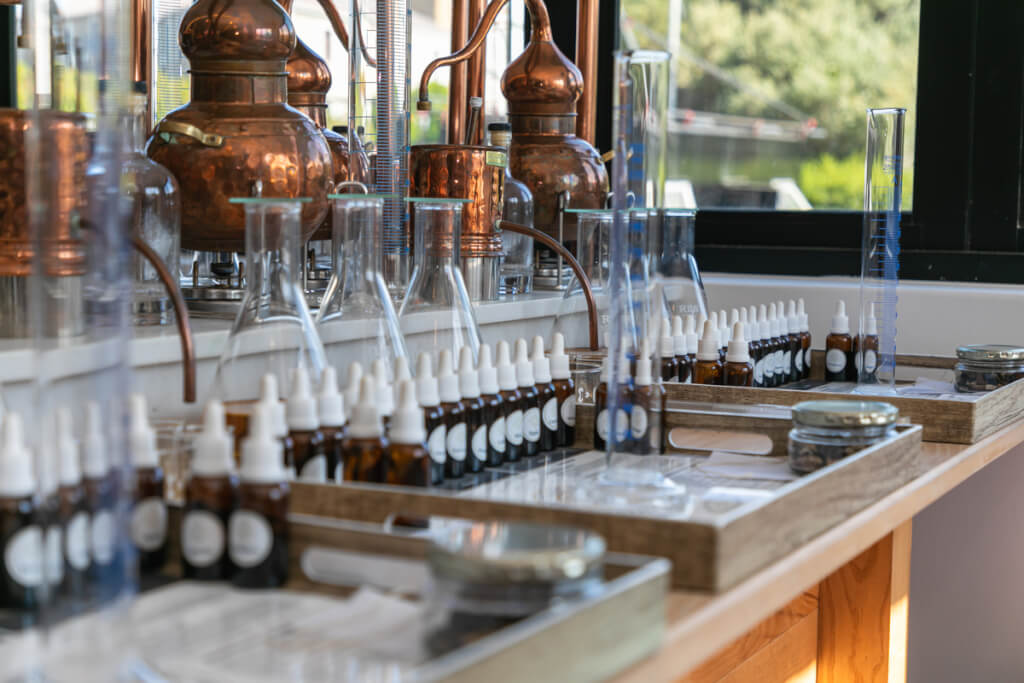
“The birth of gin comes from the juniper berry,” he says, as he asks us to open the sealed jar at our work station. It contains an assortment of juniper berries, coriander seeds, cassia and Angelica root. “I want you to squeeze the juniper berry between your fingers. I want you to chew on it. You might even taste gin as you eat that berry.”
Vernol explains how juniper is used for medicinal purposes too – for arthritis, gout, high blood pressure and tension headaches. Dutch gin (or the Genever style of gin) was traditionally made from malted grain instead of the more commonly used cereal grain. It was solely for medical use – sign me up for that kind of medicine!
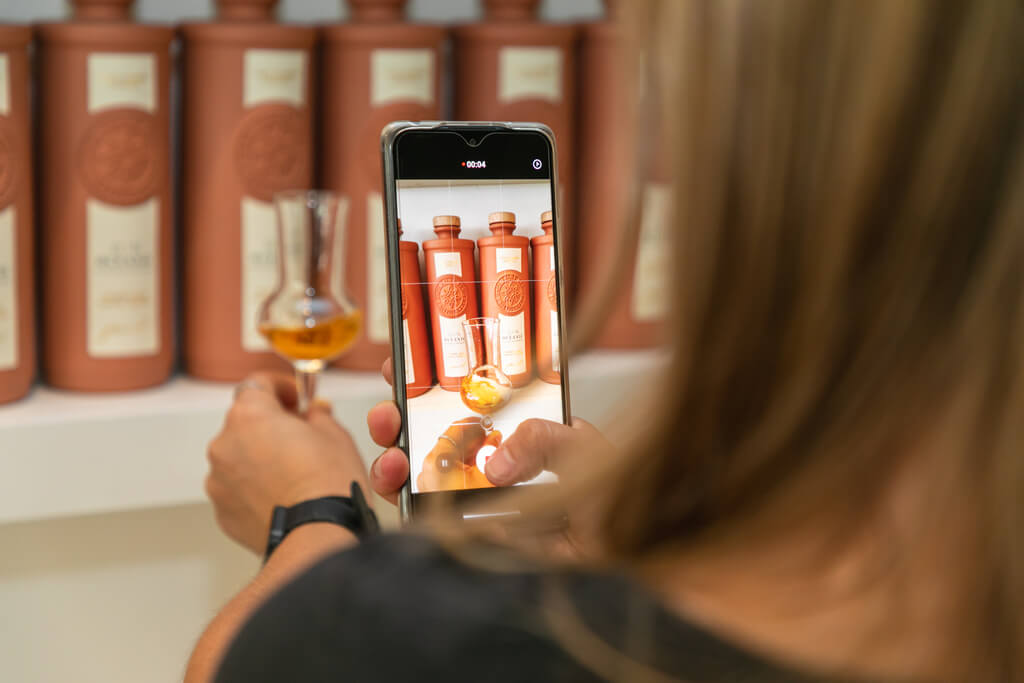

He goes on to tell us about the different styles of gin. London Dry Gin is the best known for its juniper flavour profile without any added sugar. The Plymouth style of gin is drier and has an earthier taste to it, alongside some citrus notes. Then there’s the Old Tom style of gin which is dry but sweet.
South Africa has seen the rise of botanical gin that’s infused with fynbos, indigenous herbs and other botanicals, which has witnessed a gin renaissance in recent years. More than 200 gins are distilled locally. In other parts of the world, this style of gin is called the ‘international’ or ‘New American’ style of gin.
Twenty-four glass dropper bottles are lined up in front of us at our gin stations. Each one contains 10ml of tincture for us to use to create our very own gin blend. There’s everything from mint to rooibos and buchu, vanilla and orange, as well as lavender, coconut and coffee – many of the ingredients you’ll find in your kitchen cupboard or garden. We’re told to choose between five to six of these tinctures to add to our base. “Less is more,” Vernol reminds us. I add spekboom, lemon, mint, apple and chilli to mine.
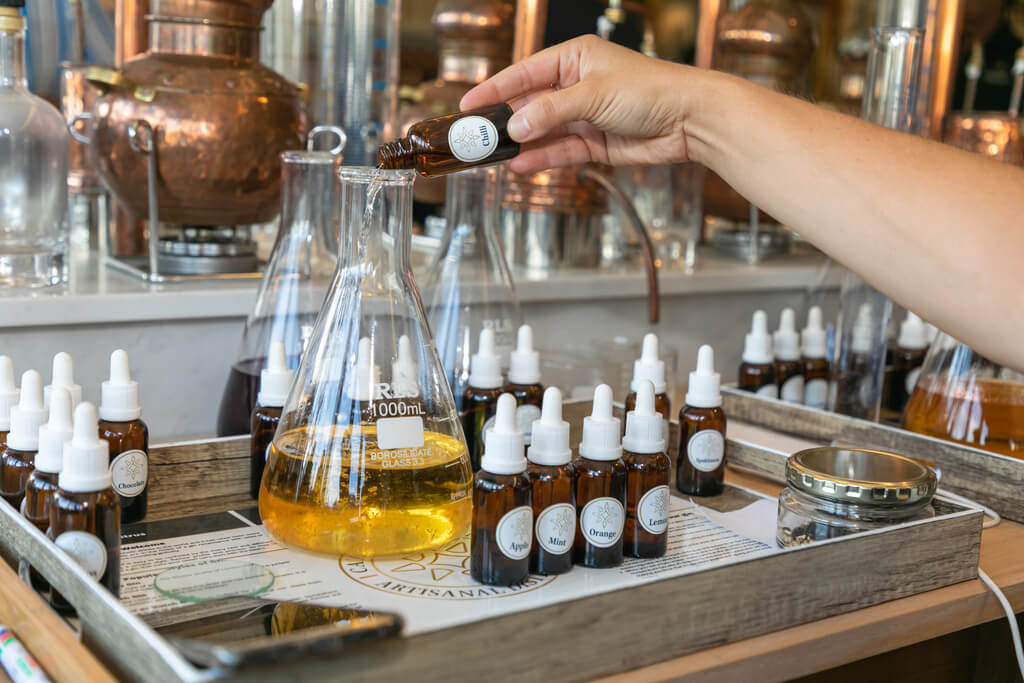
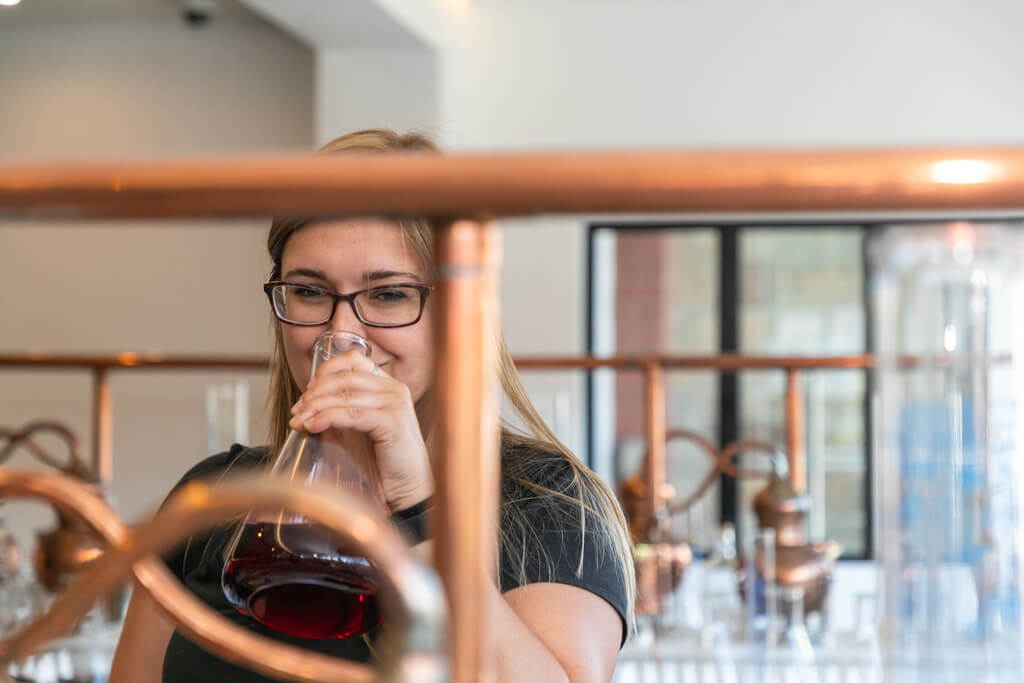
Then I empty the jar of dried ingredients into a piece of white fabric that I tie with string to create a bouquet garni, a kind of ‘teabag’. Next I place in my copper pot still as Ronnie Mbunge, another gin master, ignites them. “It’s like making tea,” says Vernol. Just a little different.
While we wait for 45 minutes for our gin to distill, we tour the Cape Saint Blaize Distillery. It’s located in the 19th century Ochre Barn – one of the oldest buildings in Mossel Bay. Here, we learn how each bottle is hand crafted from clay and inspired by the Cape St Blaize lighthouse. After being left to dry for 72 hours, the ceramic bottles are fired in the kiln at over 1 200 degrees Celsius. Each bottle passes through seven sets of hands before it’s ready to be hand-filled and hand-labelled.
Once we return to our tables, Ronnie brings out a tasting palate of three of Cape Saint Blaize Distillery’s gins. The Classic is a London dry style gin with lemon citrus notes. The Oceanic is made from botanicals found along the Western Cape shorelines, such as Cape sour fig, sea asparagus and milkwood berries, which fuses to create a complex, full-bodied flavour profile. Lastly, the Floral has a gentle aroma of freshly cut flowers, strawberries and grains of paradise (the dried seeds of Aframomum melegueta plant, which is indigenous to West Africa – a species of the ginger plant and related to cardomon).
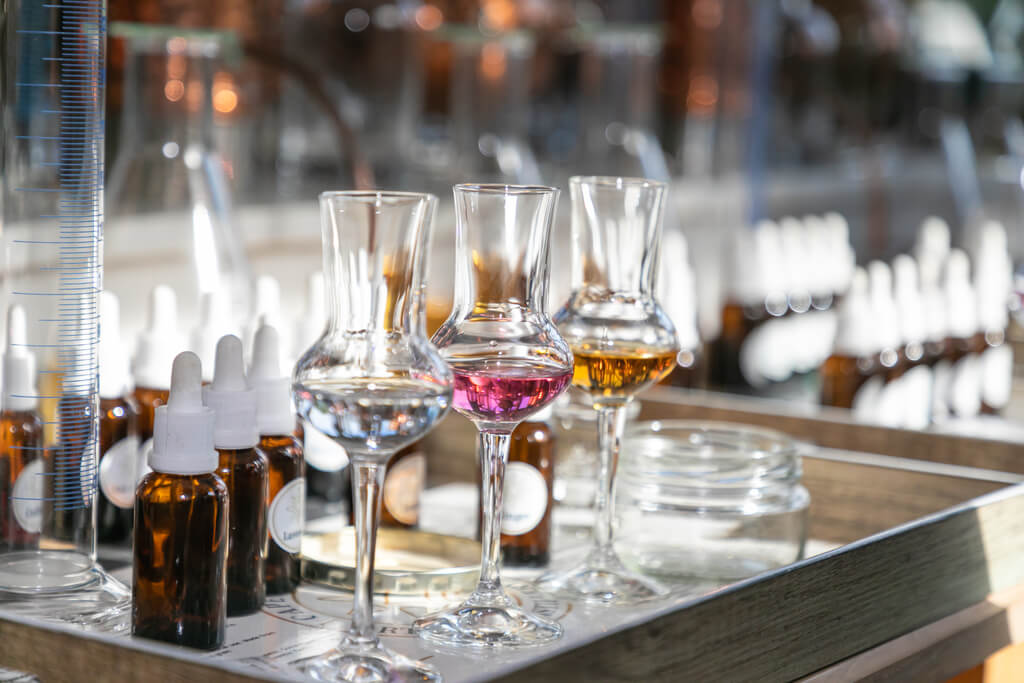
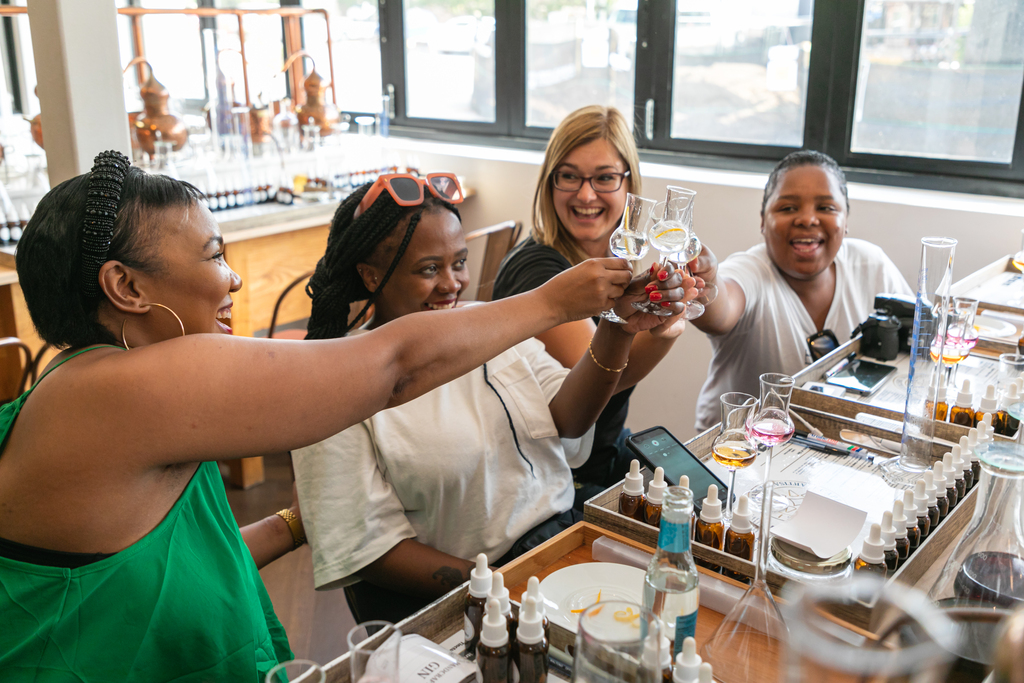
We try each of the Classic, Floristic and Oceanic three times. First, we taste it neat (they clearly want us to leave the Cape Saint Blaize Distillery happy). Then with dried orange or grapefruit zest that’s swirled around in our glasses, and lastly with low-sugar tonic water.
By the time we finish the tasting, Vernol and Ronnie return to help us bottle our gin. The first 20ml is discarded due to its strength. The remainder is diluted with water to decrease the alcohol percentage to 43% and it’s decanted into a 500ml bottle. Before pasting the labels on our bottles, we name our gin, include the date of production, and write our names under that of distiller.
“And by the power vested in me and Ronnie, we can now declare you alchemists,” proclaims Vernol. We’re told to drink our gin within seven years – and if my calculations are correct, it might not last me until the end of the year.
Book the Cape Saint Blaize Distillery gin masterclass at Café Gannet in Mossel Bay
On their Website, email [email protected], or call +27-044-691-1885.
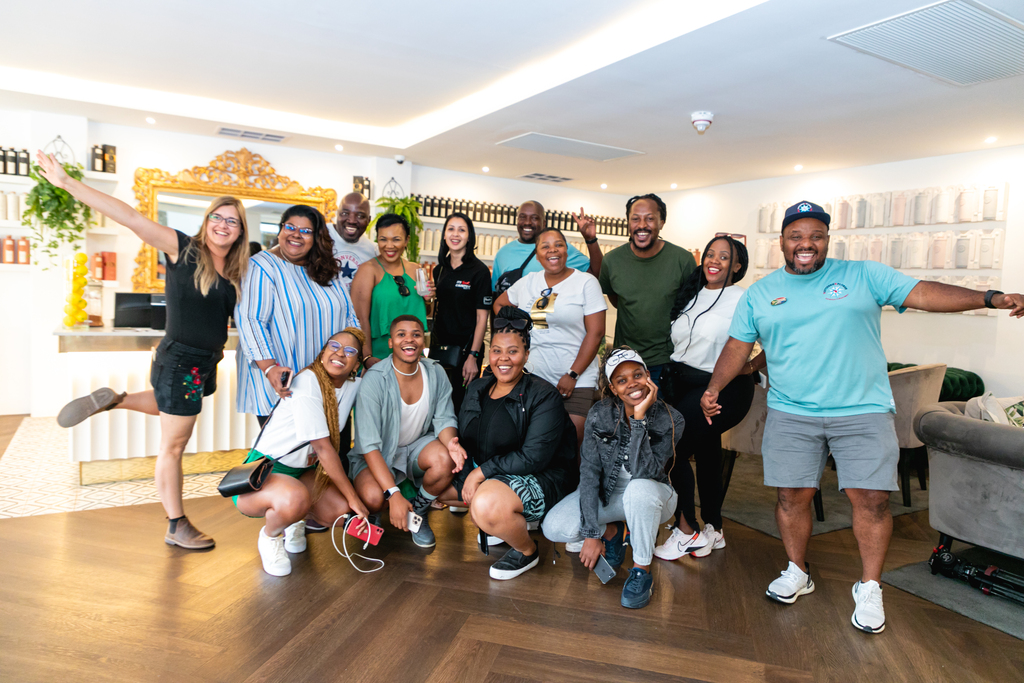
***
I was hosted by Shot Left and South Africa Tourism on the #GimmeSummerShotLeft campaign. Photos are supplied by Dev Mc Alpine of ND Studios. All opinions are my own, but you already know that. ;)




